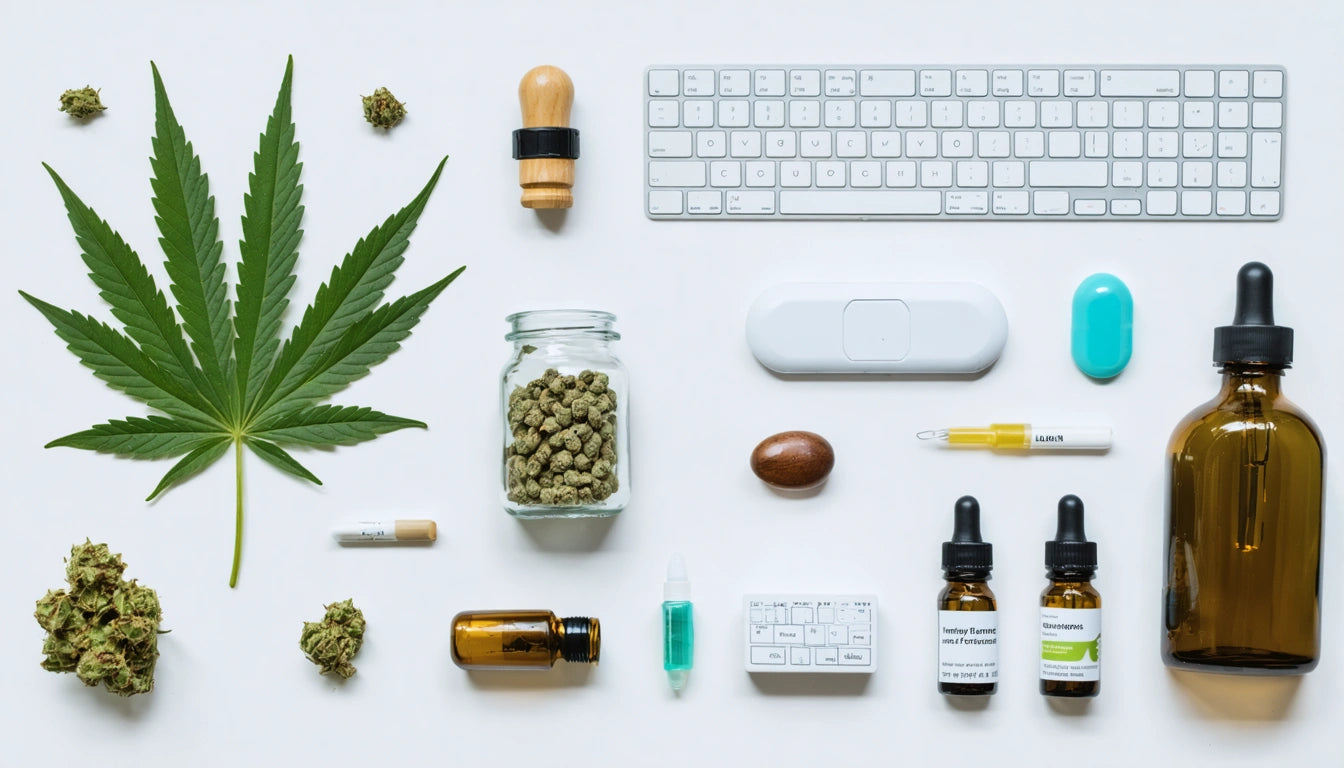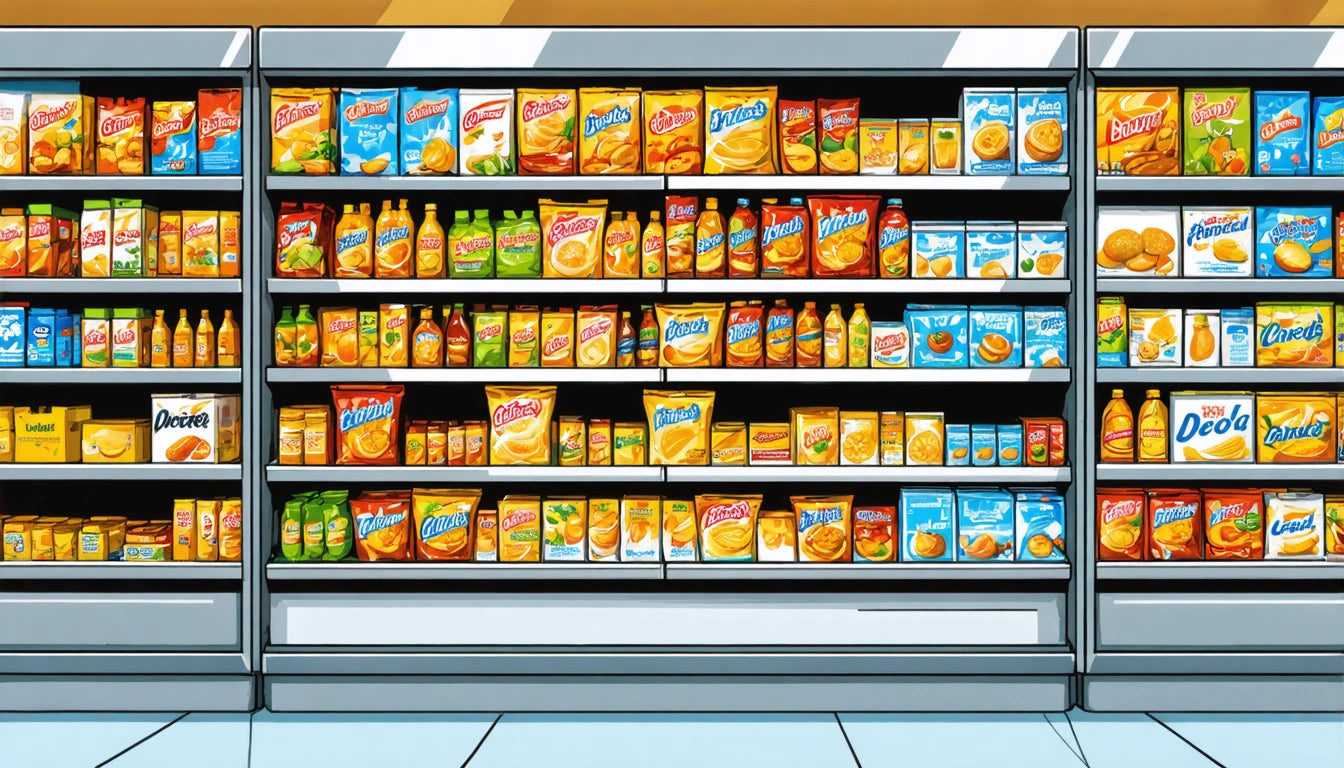Table of Contents
States Reporting Fentanyl Contamination in Marijuana
Reports of fentanyl-contaminated marijuana have sparked concern across the United States, raising questions about consumer safety in both legal and illicit cannabis markets. While some reports have been verified through laboratory testing, others remain anecdotal or have been debunked as false alarms. Understanding which states have confirmed cases is crucial for public health awareness and consumer protection.
Fentanyl in Marijuana: Understanding the Situation
Fentanyl is a synthetic opioid that is 50-100 times more potent than morphine. Its presence in marijuana products poses severe health risks, including potential overdose and death. The contamination issue has gained national attention as several states have reported incidents, though the scope and frequency of contamination vary significantly by region.
According to research on fentanyl-laced marijuana myths and facts, many initial reports have been sensationalized. However, laboratory-confirmed cases do exist, making it essential to distinguish between verified incidents and unsubstantiated claims.
10 States With Confirmed Fentanyl-Contaminated Marijuana
Based on reports from law enforcement agencies, public health departments, and verified laboratory testing, these states have documented cases of fentanyl-contaminated cannabis products:
- Connecticut - Multiple confirmed cases since 2021, including several overdose incidents linked to contaminated marijuana
- New York - Confirmed cases primarily in illicit market products
- Ohio - Several counties reported contaminated samples in 2022-2023
- Florida - Multiple seizures of laced products, particularly in northern counties
- Pennsylvania - Confirmed cases in western regions of the state
- Massachusetts - Limited but verified incidents in illicit market products
- Vermont - Several confirmed cases in 2022
- West Virginia - Multiple confirmed samples from law enforcement seizures
- Tennessee - Confirmed cases primarily in metropolitan areas
- Virginia - Limited but verified incidents reported by state health authorities
It's important to note that the majority of these cases involve products from unregulated markets rather than state-licensed dispensaries, where testing requirements significantly reduce contamination risks.
Detection Methods and Verification Processes
Testing Protocols
Detection of fentanyl in marijuana requires specialized testing methods. Most states employ gas chromatography-mass spectrometry (GC-MS) or similar advanced techniques to confirm contamination. These tests can detect even trace amounts of synthetic opioids mixed with cannabis.
For consumers concerned about potential contamination, resources on identifying potentially contaminated products recommend looking for unusual appearance, smell, or taste. Additionally, many cannabis processors use professional-grade grinding equipment that includes inspection steps to identify foreign substances before processing.
Reporting Systems
States with confirmed cases have established reporting systems for suspected contamination. These typically involve:
- Anonymous tip lines for reporting suspicious products
- Rapid response testing programs
- Public health alerts when contamination is confirmed
- Coordination between health departments and law enforcement
Legal Implications in Different State Markets
The presence of fentanyl in marijuana has different legal implications depending on state cannabis laws. In states where marijuana remains illegal, contamination concerns have sometimes been used to reinforce prohibition arguments. Conversely, in states with legal frameworks, the issue has prompted calls for expanded testing requirements.
According to current information on state marijuana legality, regulated markets provide greater consumer protections through mandatory testing. States like Connecticut and Massachusetts have responded to contamination incidents by enhancing screening protocols in their legal markets.
Safety Recommendations for Consumers
To minimize risks of exposure to fentanyl-contaminated marijuana, experts recommend several precautions:
Source Verification
Purchasing from licensed dispensaries in states where marijuana is legal significantly reduces contamination risks. These facilities must comply with testing regulations that screen for contaminants including pesticides, heavy metals, and in some states, fentanyl.
Visual Inspection
Before consumption, carefully examine cannabis products for:
- Unusual coloration or powdery residue
- Inconsistent texture or appearance
- Strange odors or tastes
- Unexpected effects after consumption
Many consumers in states where fentanyl has been found in marijuana have started using fentanyl test strips, which are increasingly available through harm reduction programs.
Future Protection Strategies Against Contaminated Products
As more states legalize cannabis for medical or recreational use, comprehensive testing standards become increasingly important. A comprehensive guide to state marijuana laws shows that testing requirements vary significantly across jurisdictions.
Looking forward, several approaches may help address fentanyl contamination concerns:
- Expanded testing requirements in all legal markets
- Development of rapid, affordable testing technology for consumers
- Public education campaigns about contamination risks
- Greater cooperation between state agencies to track and respond to contamination incidents
The issue of fentanyl-contaminated marijuana highlights the importance of regulated markets with robust testing requirements. As states continue to report new cases, staying informed about where contamination has been confirmed and understanding testing resources remains essential for consumer safety.











Leave a comment
All comments are moderated before being published.
This site is protected by hCaptcha and the hCaptcha Privacy Policy and Terms of Service apply.